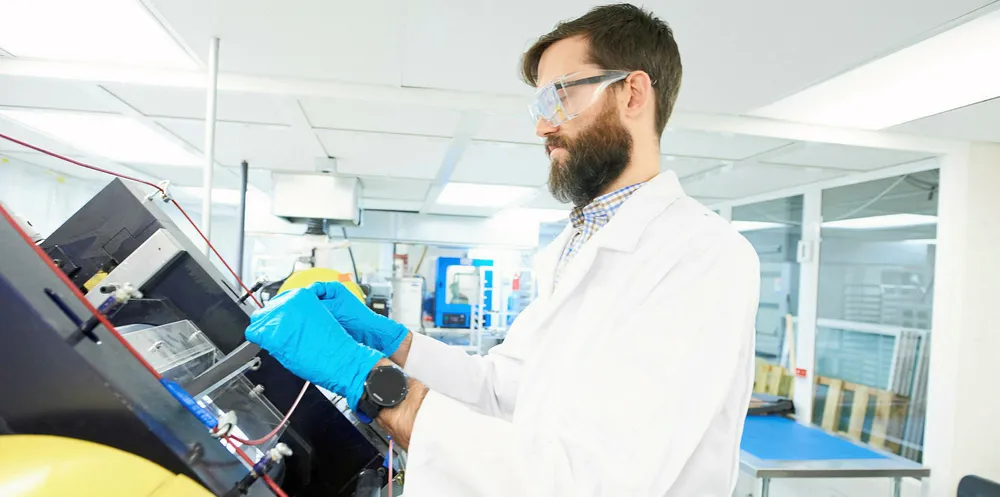'Technology quests': the 55 innovations needed for Europe to reach net-zero by 2050
Consultancy Capgemini lists the leaps in innovation in the energy, transport, industry, buildings and agriculture sectors that will get EU states to decarbonise by 2050
